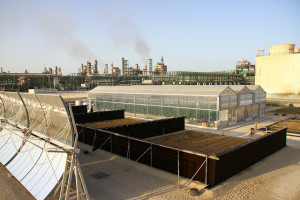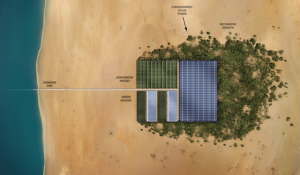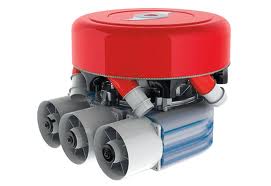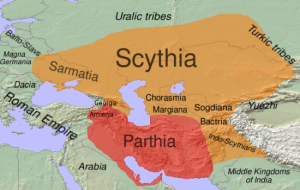Here is an excellent essay by SR reader, author, and, physician Larry Dossey. I am happy to publish it because it reflects my own views. I encourage you to get Larry's new book: One Mind.
7 Billion Minds, or One?
LARRY DOSSEY, MD – The Huffington Post
Source: ONE MIND: How Our Individual Mind Is Part of a Greater Consciousness and Why It Matters by Larry Dossey, MD. Carlsbad, CA: Hay House; 2013
“I felt there was no separation between anything. I felt as if I were united with everything, and it was wonderful!” This recent report from a reader is a universal experience of people who are concerned with psychological and spiritual growth. This sense of connectedness is not fantasy, but is being affirmed by recent advances in consciousness research.
But where our mind is concerned, we've been more concerned with disunity than unity. During the 20th century we took the mind apart — the conscious, the unconscious, the pre- and sub-conscious, the collective unconscious, the superego, ego, id, and so on. When we look through the other end of the telescope, however, we can see a different pattern. We can make out what I call the One Mind — not a subdivision of consciousness, but the overarching, inclusive dimension to which all the mental components of all individual minds, past, present, and future belong. I capitalize the One Mind to distinguish it from the single, one mind that each individual appears to possess.
This is not a philosophical gambit, but is based on human experience and actual scientific experiments. Consider studies in which human neurons are separated into two batches and sealed in so-called Faraday containers that block physical communication. When one batch is stimulated with a laser, the distant batch of neurons registers the same changes at the same time.










